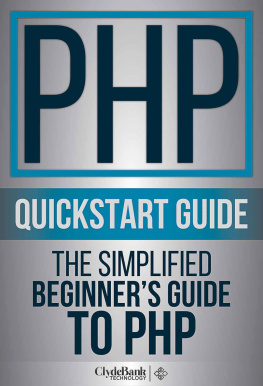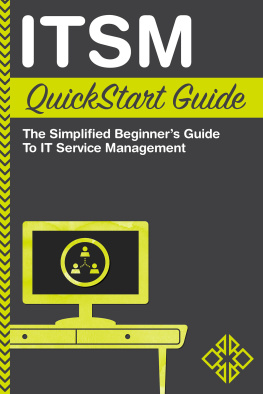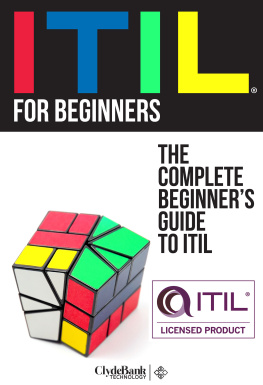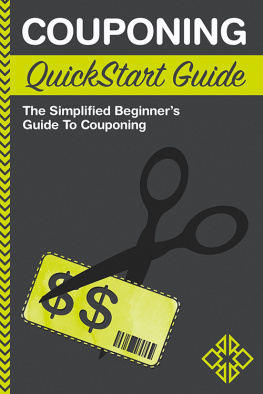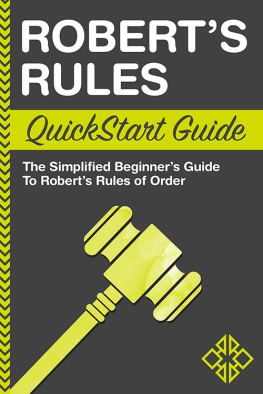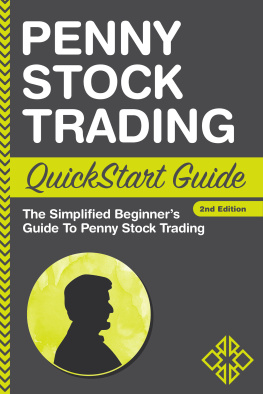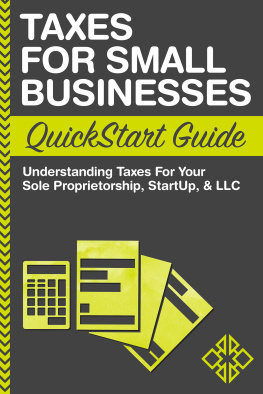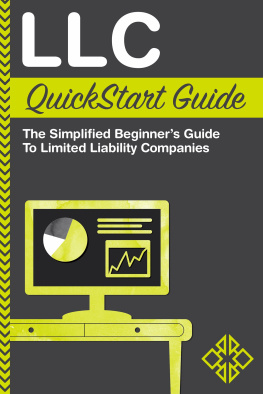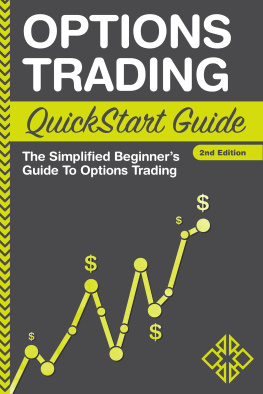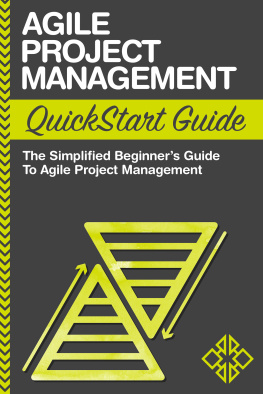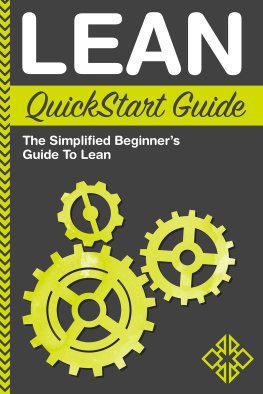Your Free Gift - ClydeBank Media VIP Membership!

As a token of our appreciation for downloading this book, we are offering our ClydeBank Media VIP Membership Absolutely Free .
=>>Instant Access To ClydeBank Media VIP Membership<<=
ClydeBank Media VIP Members are notified every week when our authors, as well as the authors of partner publishing firms have books that are available for FREE on Kindle. Thats right, simply as a way to say thank you for checking out our work, we will keep you up to date on when you can get some of the best books on Kindle absolutely FREE!
How It Works
Amazon allows authors to place their book on a free promotion cycle every 3 months in order to increase their audience base and promote their work.
The problem is that it is extremely difficult for readers like you to be notified of when these promotions are occurring. If you dont catch the book in time you will miss the free promotion and be forced to pay the full price!
By becoming a ClydeBank Media VIP Member, you will receive weekly e-mails with links to directly download the free book and begin reading immediately.
What You Have To Do
Simply follow the link below to start your ClydeBank Media VIP Membership and be the first to know when some of the best books on Kindle are FREE! Thats it! We promise to never send you any spam or use your information in any other way and you can unsubscribe at any time.
Some companies charge over $250 for this type of service! We are willing to offer this absolutely free as a thank you for downloading our book. We will not be able to offer this membership for Free for much longer so sign up now and start enjoying the benefits today!
Follow the link below to access your ClydeBank Media VIP membership and get tons of FREE books on Kindle every month!
=>>Instant Access To ClydeBank Media VIP Membership<<=
Introduction
In today's society, it's hard for most people to imagine life without personal computers and the Internet. Public access to the Internet may be responsible for more changes in the way we carry out our day-to-day lives than any other event in history. Today, businesses without websites are rarities, as are people in the free world that don't spend at least part of their day using the Internet for one purpose or another.
As the demand for websites has grown, website development has become a hobby for some and a profession for many. Today, learning to write Hypertext Markup Language (HTML) and create a web presence is a simple matter, thanks to the availability of hundreds of tutorials available on the subject. Anyone with access to a hosting account can have a basic website up and running in a relatively short time without the need to invest in special software.
Building an interactive website, however, often requires more than just HTML code. Enabling features like form processing, database input or output and other functionality means providing programming for those features by means of a web application or script . These scripts can be provided in any of several web-programming languages and are the basis of how visitors interact with websites as well as the engine behind dynamic websites that update content on the fly.
While it's not limited to web scripting alone, the Hypertext Preprocessor (PHP) language is one of the most popular and widely supported, and it is designed to be almost as easy to learn as HTML and Cascading Style Sheet ( CSS ) coding. It's powerful, versatile and available on almost any hosting network. Like HTML, programming in PHP requires no special software, with the exception of server-side support for the core program.
This guide will provide you with a complete introduction to PHP, from its structure through its basic programming and implementation of simple scripts. After completing this book, you will be able to write your own simple PHP applications and deploy them to add interactivity to your website.
What You'll Need
This book will focus on implementation of PHP scripts on a live web server . That means that in order to follow the examples, you'll need a hosting account with PHP 5 support. You'll also need an application that will allow you to edit web page text. That can be a simple text editor such as Notepad, WordPad or Text Edit on your personal computer or a remote application on your hosting account.
What You Need to Know
There are a few things you'll need to know to get the most out of this book. While it's written with the novice in mind, you'll need to have a basic set of web developing skills to work with any web-programming language. That means, at the very least, youll need to need to know how to:
1) Open, edit and save files on your hosting account
2) Make files publicly available
3) Enter the correct addresses in your web browser to access those files via the Internet
File Transfer Protocol, (FTP), web management, HTML coding and other basic techniques are also outside the scope of this book. Let's face it; if you can't write HTML, you won't be able to insert a script into the code, much less tell your script what to output. Please have at least basic skills in those areas before you attempt the lessons herein.
A Note About Versions
At the time of writing, the most current version of PHP is 5.4. Version 7.0 is under development, although a version 6 was never officially released. Version 7.0 will include an upgraded Zend Engine that has been proven to significantly improve performance.
Most importantly for the purposes of this text, Version 5.0 introduced an upgrade to the Zend Engine that included an object model to provide support for Object Oriented Programming ( OOP ). While procedural programming is still supported, all support for Version 4.0 has been discontinued. Furthermore, although many Version 4.0 scripts are still in use, most hosting companies have removed that functionality. All functions discussed in this book will be taken from Version 5.0 or higher.
Chapter 1: Programming Fundamentals
There are several things you'll need to understand about programming in order to get the greatest benefit from this book. Programming languages differ greatly, but they all share certain traits, and those characteristics are the basis for knowing how to create a program.
This chapter is an introduction to some of the terminology and concepts associated with programming. You'll find many of the terms described in this chapter in the glossary; however, a good grasp of what they mean now will make the following chapters much easier to follow. Let's look at some programming basics.

